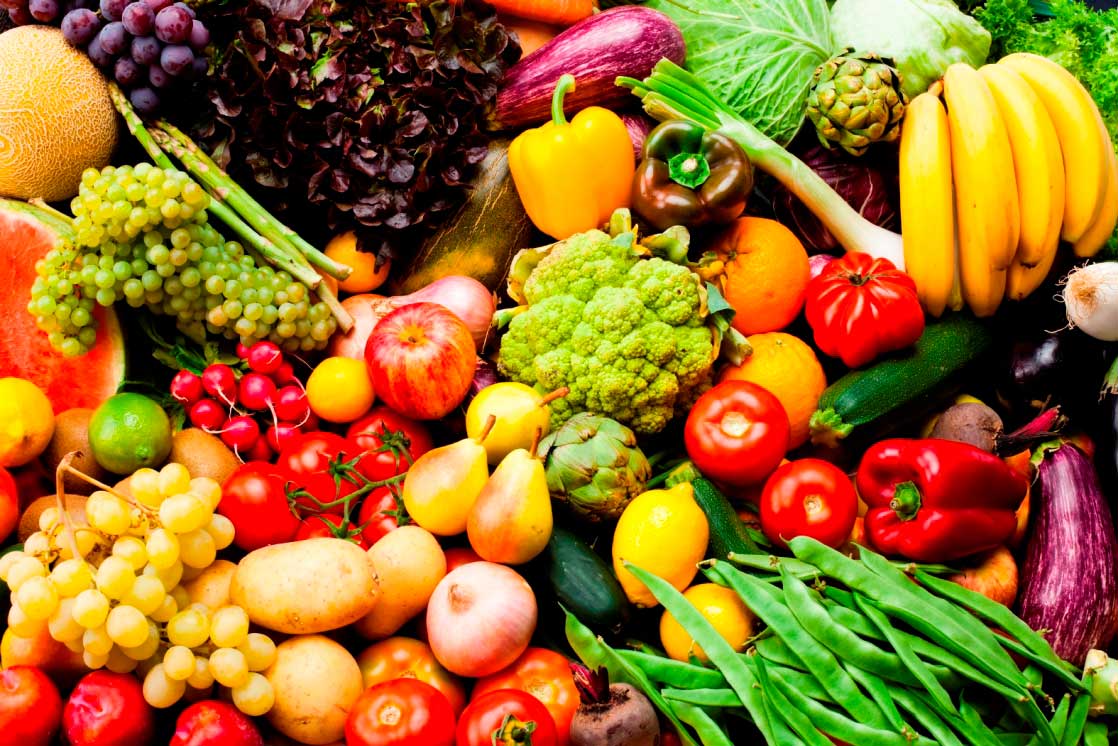


There are about 5 million people that are killed worldwide by a stroke every year. It is also the leading reason for permanent disability. If you want to keep stroke away, there is some light at the end of the tunnel. There are no perfect methods, but you can reduce your risk by sticking to a solid prevention diet. With some simple guidelines, you can lower your risk and improve your health overall.

There is ample research indicating the best way to get on the fast track to a healthy diet is to bump the amount of fruits and veggies you eat every day. So be sure to add at least 5 servings of fruits and veggies every day.
A veggie serving is equal to:
A fruit serving is equal to:
The waxy, fatty substance found in many foods from animals is called cholesterol. Your body needs some of it to keep healthy cells. The problems occur when there is too much in your blood. This can increase your risk to heart disease and stroke.
There is a link between diets high in saturated fats and an increased risk to cardiovascular disease. Saturated fats are solid at room temp and are in meats, butter, egg yolks, cheese, ice cream and vegetable oils. Limiting the amount of saturated fats you take in is key to a stroke prevention diet.
Diets high in trans fats are associated with an increased risk of heart disease. Trans fats come from unsaturated vegetable oil from the hydrogenation process. Avoid foods with vegetable oils that are partially hydrogenated. These are typically in:
Try looking for substitutions and areas where you can make healthy changes for your stroke prevention. You should also limit the cholesterol found in foods, this can be done:
Many people eat more sodium than they need. This can cause you to retain fluids and raise your blood pressure. Don’t add table salt to your food for starters but a few other tips include:
How Much Sodium Can You Have a Day?
Most professionals say that those with a history of heart problems or stroke should stay under 2,000mg a day. Those with high blood pressure should stay less than 1,500 mg a day. Talk to your physician to get the best idea.
To help with your stroke prevention diet, be sure to keep your fiber intake high. This comes from parts of the plant your body won’t digest. When it passes through your body, it helps the way you digest and absorb nutrients. How much fiber you eat will affect your cholesterol and stroke risk. It can also benefit your blood sugar, and helps with weight management and digestion trouble.
Most don’t get what they need. Guidelines are:
How to Get More Fiber
The best source of dietary fiber is cooked or raw veggies and fruits. Whole grain items, beans and peas, and leafy greens are excellent sources. Skip the fruit juice, soda, white pasta, white bread, and regular cereal that are all low in fiber. Boosting fiber can help curve cravings, promote weight loss, and benefit your stroke prevention diet overall.
5. Reduce Sugar
Eating too much sugar can cause obesity, hypertension, dyslipidemia and type 2 diabetes. These are all risk factors for stroke. This includes honey, brown sugar, white sugar, jelly, molasses, jam and sweetened drinks. Desserts and sweets usually have added sugar.
6. Get the Right Potassium
Getting enough potassium is important to maintain correct heart function. Most adults don’t get enough potassium. It is abundant in milk, vegetables and fruit.
High blood pressure is one of the biggest factors. It can double and quadruple your risk of stroke. Work hard to keep your blood pressure below 120/80 or those who already have trouble, 140/90 may be more realistic.
A few other tips include: